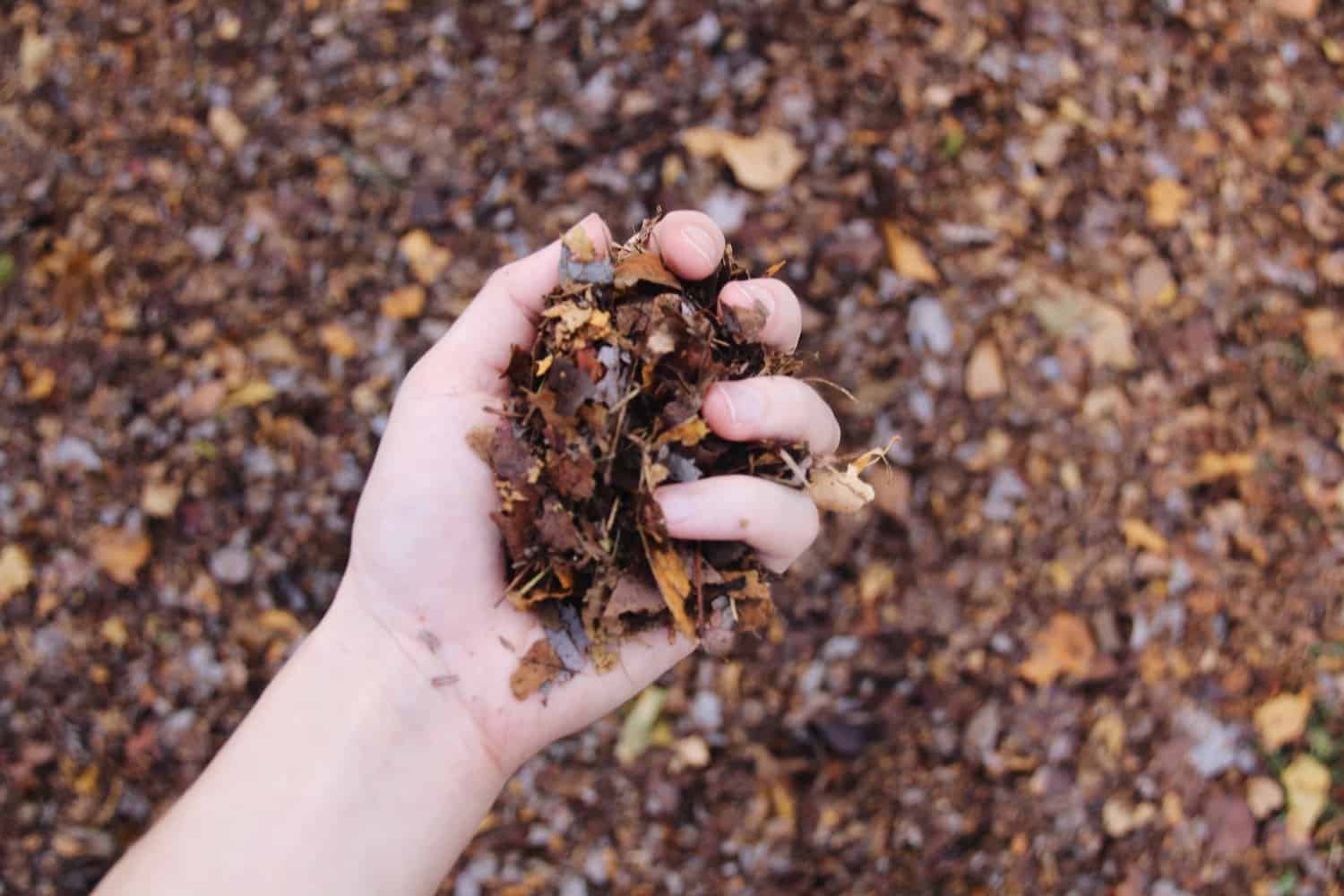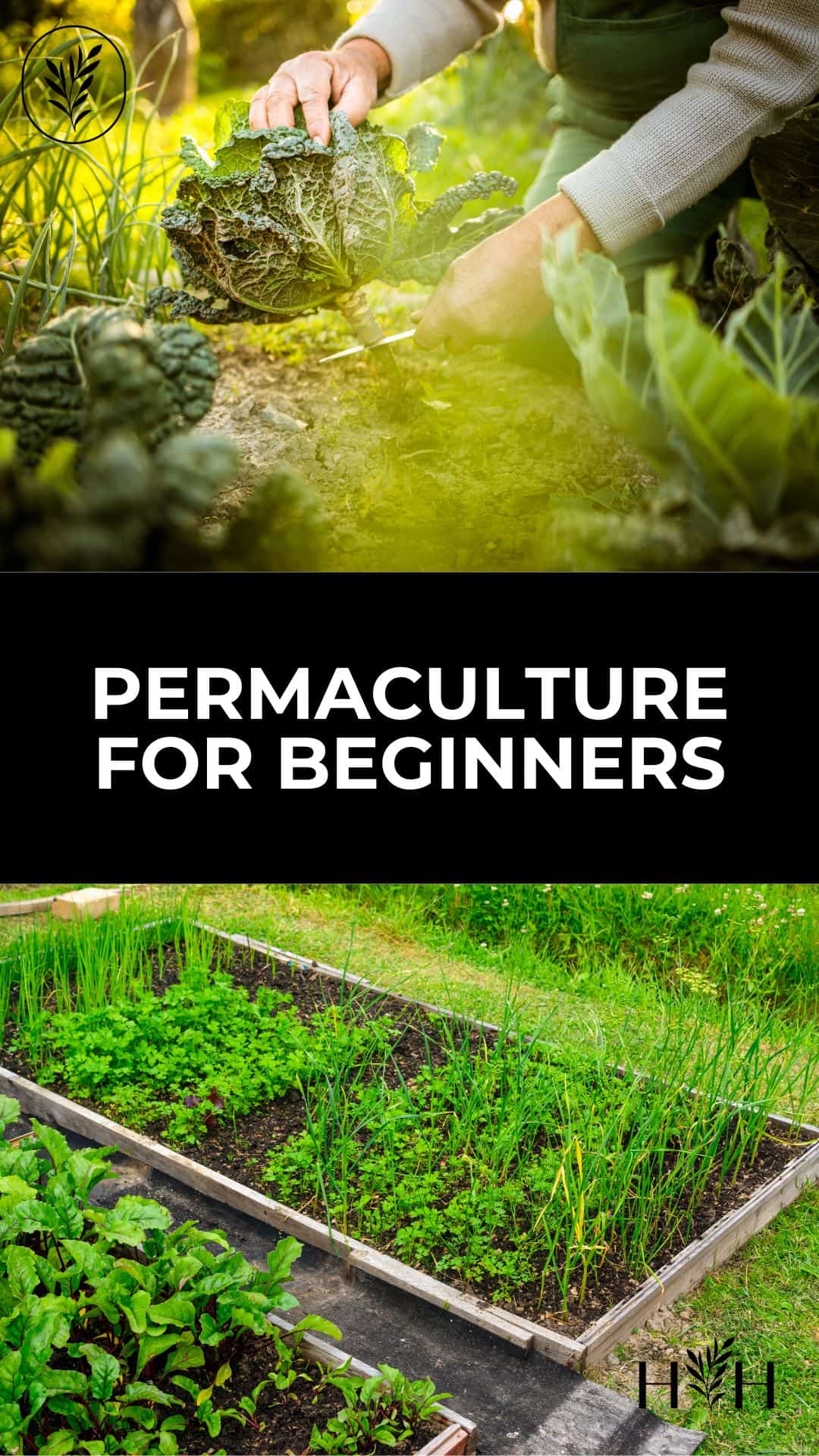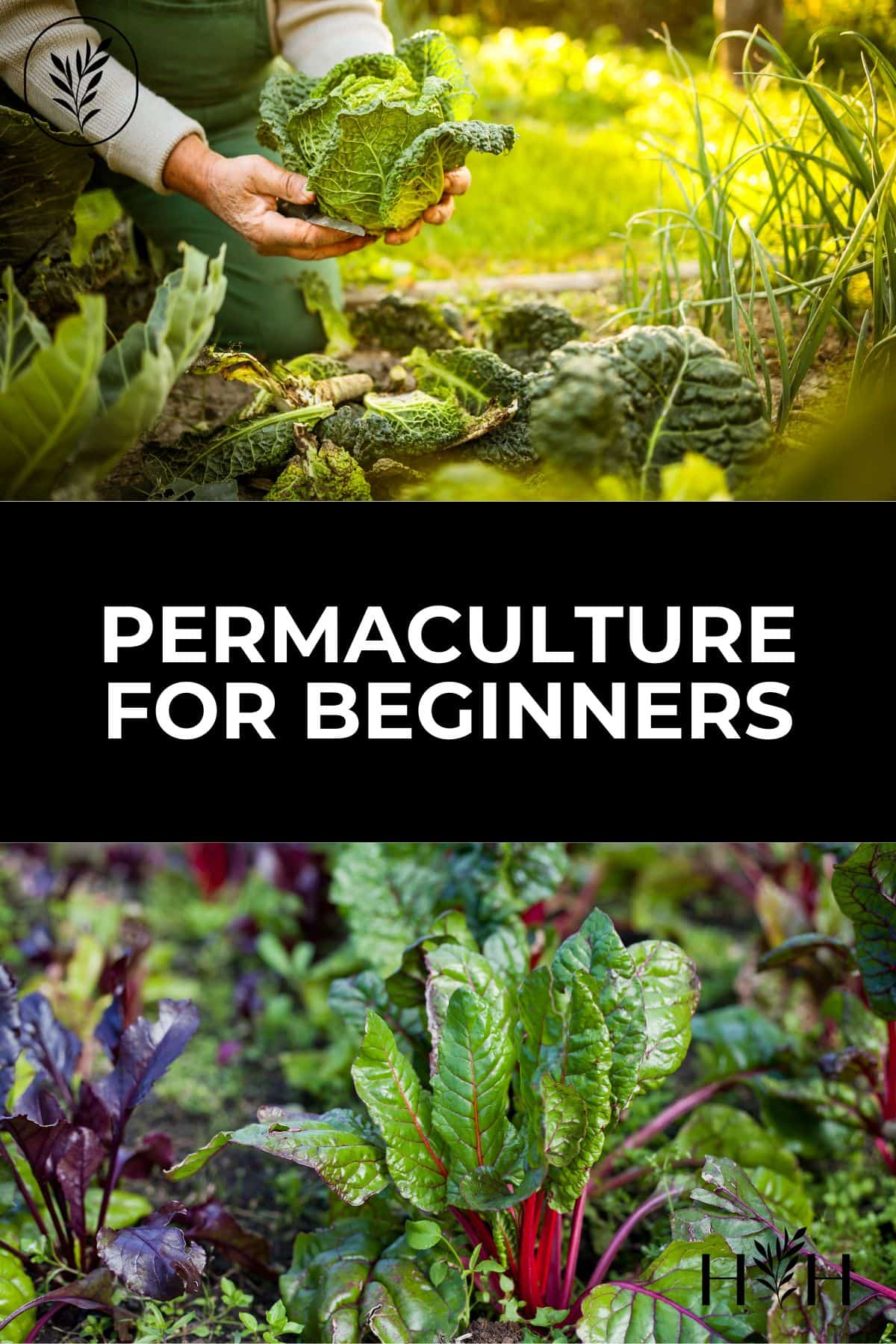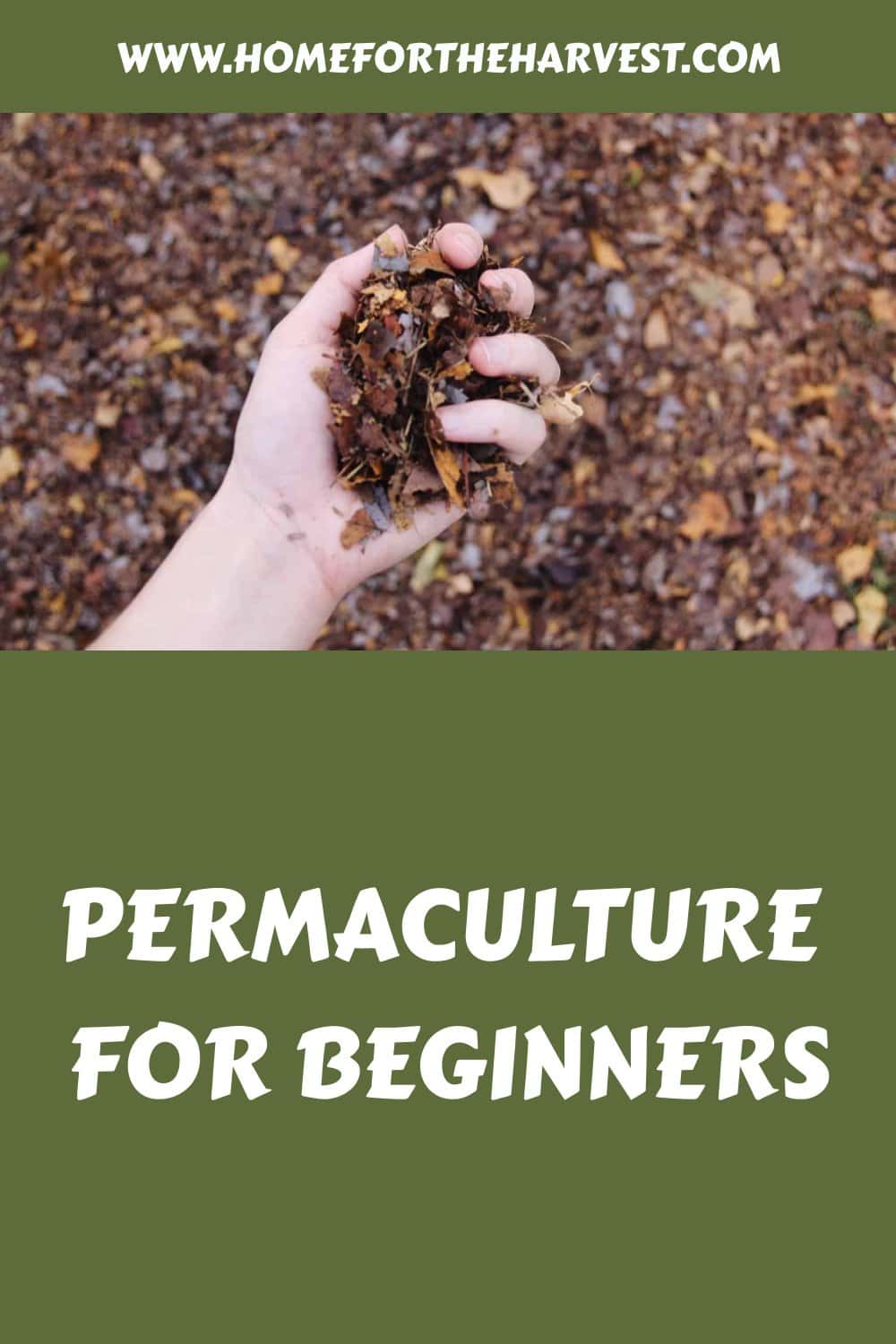Permaculture is a design philosophy in which ecosystems are designed to mimic nature. In relation to gardening, permaculture encompasses many of the eco-friendly aspects of organic gardening while also pushing the envelope on increased efficiency and including other sustainable activities such as recycling and even urban planning. Permaculture is a boundless topic, and so we are all beginners in a sense!
Permaculture basics
Permaculture is a goodie bag full of the best ideas for living sustainably, Most people discover permaculture once they get comfortable with organic gardening and start to look for ways to create an even better garden.
Permaculture for beginners
Permaculture is kind of a funny word, with the words “permanent” and “agriculture” smashed together. Although Permaculture is generally thought of as a “design science”, I like to think of it as a Mary Poppins bag full of the best ideas for living sustainably.
Permaculture has been described as “beyond organic gardening”, and is in fact, much more than just organic gardening. It can be used to design entire systems, with the garden as just one supporting part of a thriving ecosystem that strives for balance between people and nature. Using native plants as part of this system is key to success.
Permaculture was developed by Bill Mollison in combination with David Holmgren. Permaculture designers use ecological principles to create consciously designed systems that mimic nature while also producing a yield. Systems are designed to be open and yet self-supporting, producing food and other resources while continuing to thrive on their own.
There are three key Permaculture Ethics: Earth Care, People Care, and Fair Share. The Earth Care ethic is focused on nurturing the environment, the People Care ethic is focused on meeting the needs of humans, and the Fair Share ethic is focused on sharing abundance with others. These ethics underlie all permaculture designs, ensuring that differing priorities are taken into account.
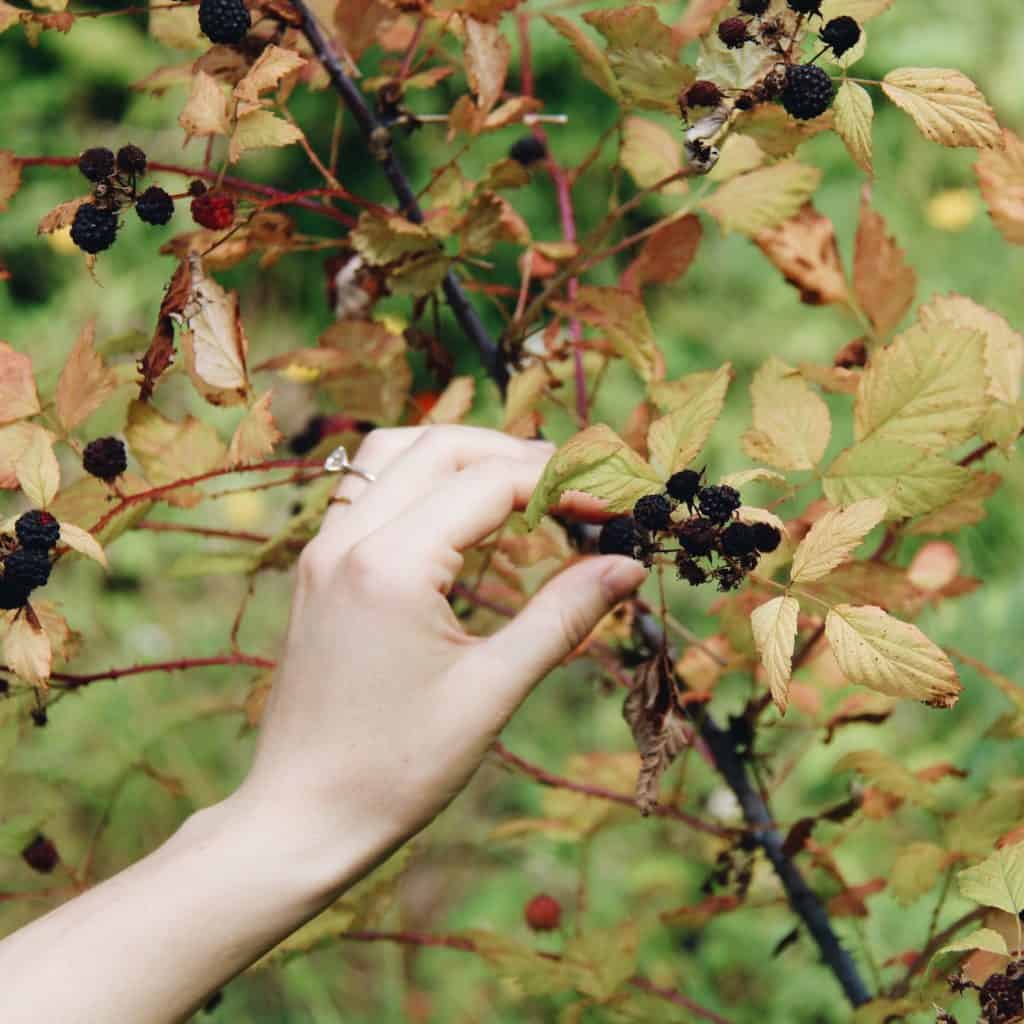
Permaculture garden design basics
Permaculture design is essentially the science of designing productive systems based on the productive systems that already exist in nature. Systems are designed so components are collaborative, contributing to one another. Designs are meant to be adaptable, productive, and open to new inputs. Natural landscaping techniques imitate nature while also incorporating the best edible gardening practices to provide food. The idea is that the systems regenerate themselves (self-sustaining).
In general, the food is grown and processed close to the community. Water is also produced, filtered, and recycled as close as possible to where it was used. Local supplies are used when possible, including fuel sources and rainwater. Waste is also recycled within the community. The idea is to keep the flow of materials and resources as efficient as possible. Inefficiency is cut out wherever possible, creating streamlined workflows and producing a resilient landscape.
Many of the tactics used in permaculture design are borrowed from other scientific areas. It borrows effective ideas from soil science, landscape architecture, ecology, and horticulture (among others) to make a grab bag of useful components for system design.
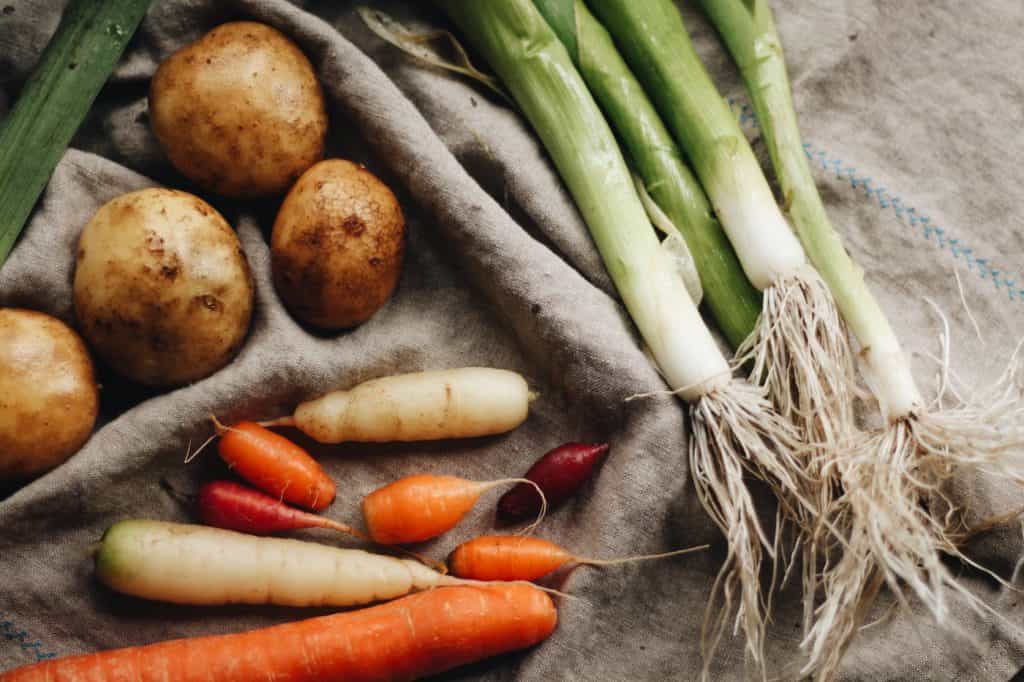
Introduction to permaculture landscaping zones
Many gardeners are interested in the zone design that permaculture offers. You may have already heard of Permaculture Zones if you’ve delved deeply into garden planning. The zone system defines a property into separate areas based on how often each one is accessed and how much human intervention is expected.
Zones that are close to the home and accessed frequently have low numbers, with zone digits increasing as the land becomes less tended by people. Here is a basic overview of permaculture zones for beginners and some activities that may occur in each zone:
Zone 0: House
- Indoor living spaces
- Food processing and storage areas
- Indoor houseplants, microgreens, and seedlings
- Rainwater collection (roof)
- Education
Zone 1: Kitchen garden
- Intensive garden beds
- Outdoor areas requiring daily observation, tending, or harvesting
- Areas visited with a high frequency
Zone 2: Large gardens & animals
- Medium-intensity garden areas
- Orchards
- Animals needing frequent attention
Zone 3: Field crops & grazing
- Low-intensity crop areas
- Grazing animals
- Other areas requiring the occasional visit
Zone 4: Gather and forage
- Wild food forage areas
- Woodlots and wood collection sources
- Self-seeding trees and shrubs
Zone 5: Wilderness
- Rarely visited natural areas
- Little to no human intervention
- Places to observe and learn from nature
Consider these zones while planning your garden. Keep your daily crops close to your house, and move less frequently visited areas farther out as necessary. Try to plan your daily, weekly, monthly, and annual routes as efficiently as possible. Keeping the ecology of the land in mind while also keeping a holistic vision can help you create a long-term, sustainable, and highly productive design for your property.
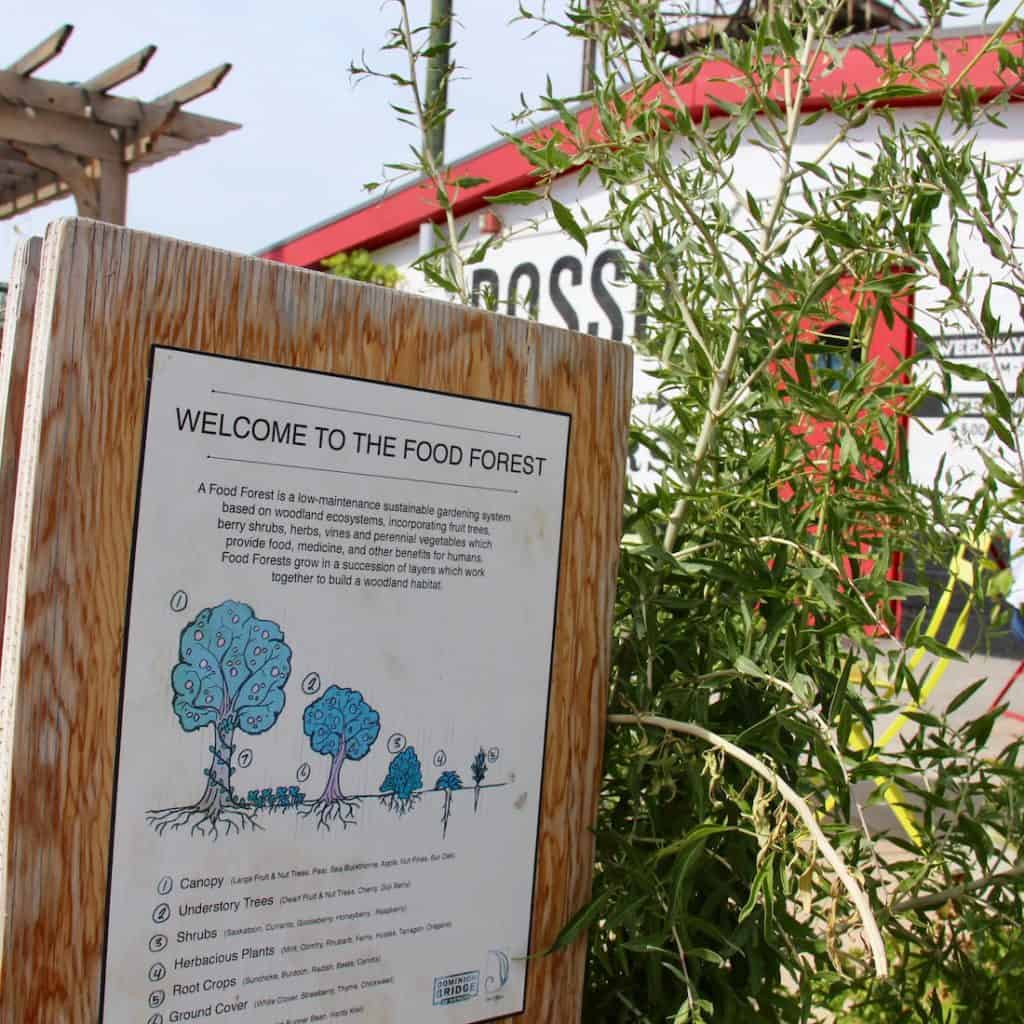
Beginner permaculture tactics to use in your garden
Here are some great permaculture ideas for improving your garden:
Grow your own food
Most gardeners are growing a portion of their own food, but may not have fully aligned the crops in their garden with their food needs. When considering your goal for your garden, get serious about what foods your family actually eats and enjoys so that your garden plan each year is targeted and efficient.
Create your own resources
Many gardeners don’t capture the resources already available on their properties. Start your permaculture journey by capturing your own rainwater for use in your garden by installing rain barrels, building swales, or landscaping your garden for water capture. If you live in a sunny or windy area, consider installing solar panels or wind turbines to start creating some of your own power. Use the heat from your compost to warm your chicken coop. Think of the various different resources available on your property and how you can capture the energy contained in each one.
Design so you’ll need fewer resources
Are there ways you can adapt your property so fewer resource inputs are required? Build your house, greenhouse, or potting shed so it captures sunlight when sunlight is most needed. Orient buildings and add windows to heat the house during the cooler months passively. Install easy-to-use, high-efficiency windows with screens to let in cool evening breezes and then keep the cold air inside during the summertime. Consider any ways you can adapt your property so that fewer resources are required.
Reduce waste
Design your garden systems so that waste from one process is incorporated as a resource into another process. Can you compost your leaves rather than bagging them up and having them hauled away? What about building a hugelkultur bed with the extra wood you’ve got lying around? Are you using the manure from your animals as a plant fertilizer? Think about ways that you can divert waste from your garden and keep organic resources on your property for other uses.
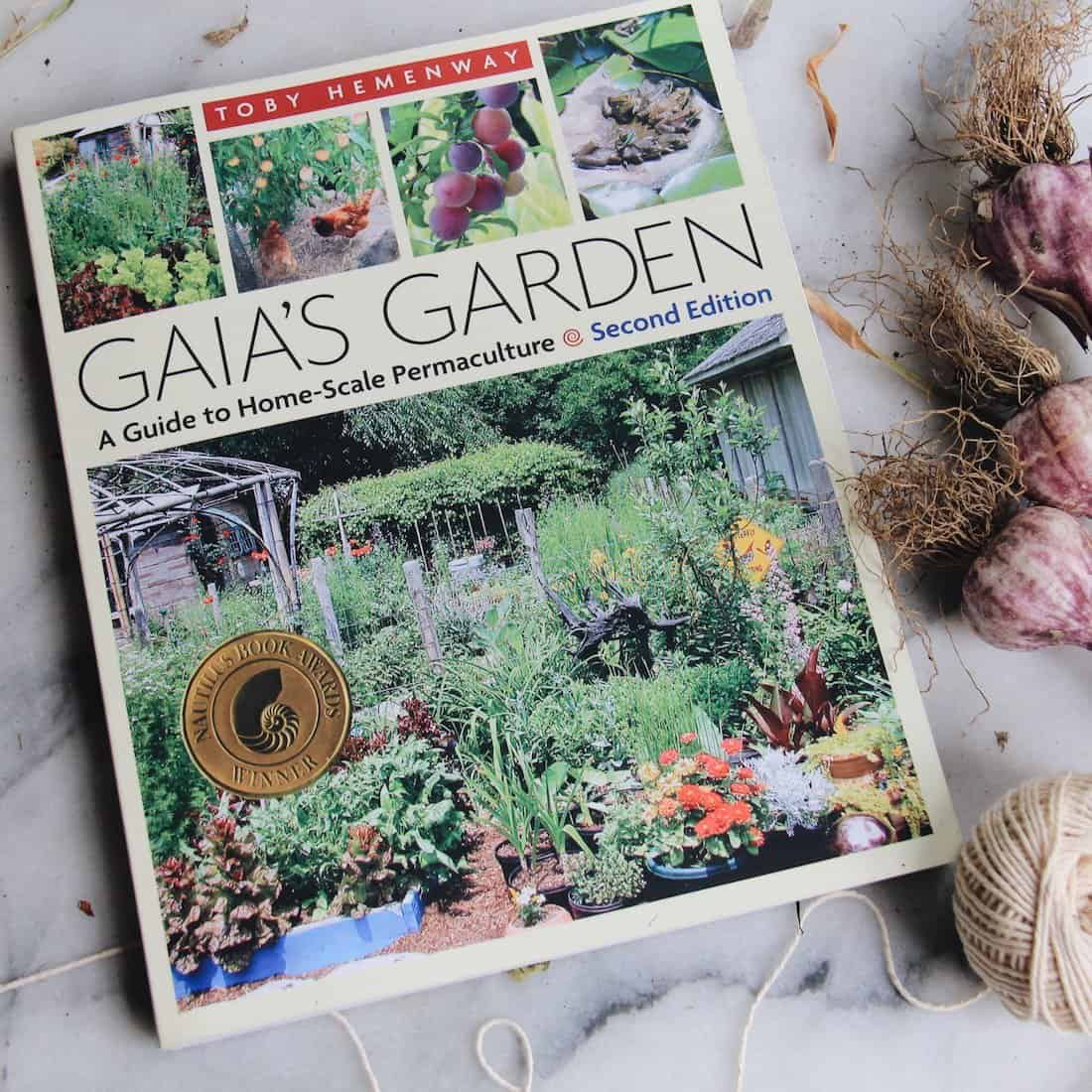
Recommended permaculture books for beginner practitioners
The following books will help expand your beginner understanding of Permaculture (or at least they helped me understand it!):
- Gaia’s Garden, by Toby Hemenway
- Sepp Holzer’s Permaculture, by Sepp Holzer
- The Permaculture Handbook, by Peter Bane with David Holmgren
- Permaculture: A Designers’ Manual, by Bill Mollison
- The Permaculture City, by Toby Hemenway
- Edible Forest Gardens, by Eric Toensmeier
- Landscaping with Fruit, by Lee Reich
- Mycelium Running, by Paul Stamits
- Paradise Lot, by Eric Toensmeier
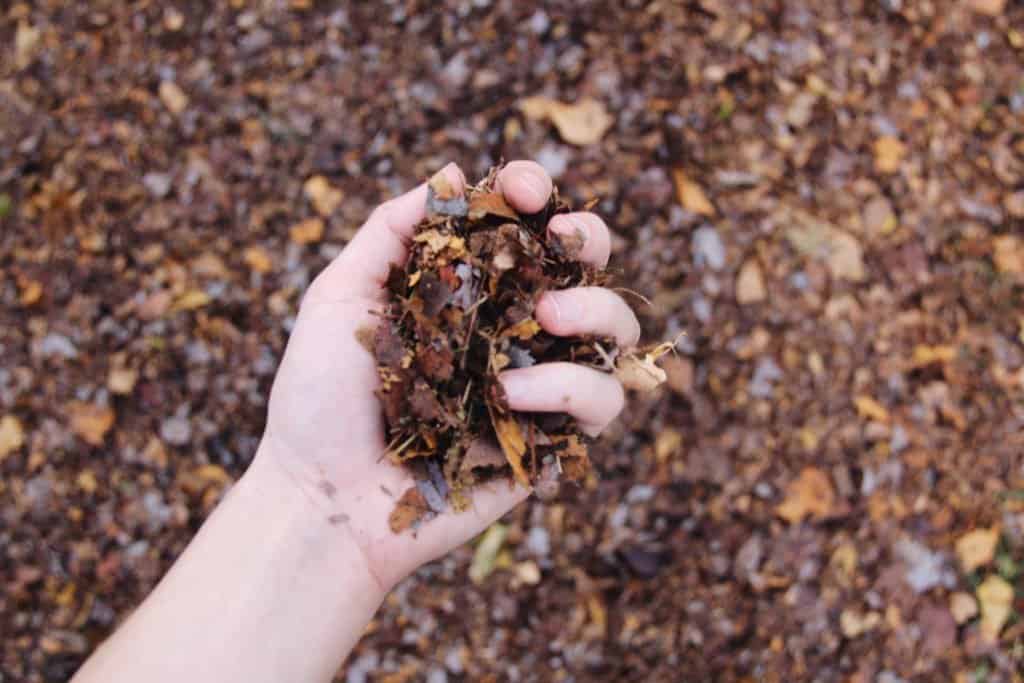
Some basic definitions of permaculture to remember
Since all of this permaculture for beginners info can be a bit tricky to describe, sometimes it’s nice to have a definition for permaculture to remember while explaining it to others. Once you know a bit about it, you’ll be surprised how many people ask you about it! If you don’t like my description of permaculture being a grab bag of the best ideas for living sustainably, try one of these great basic definitions instead:
- “Permaculture is an integrated, evolving system of perennial and self-perpetuating plants and animal species useful to man.”
Bill Mollison and David Holmgren - “Permaculture is defined as consciously designed landscapes which mimic the patterns and relationships found in nature, while yielding an abundance of food, fibre and energy for the provision of local needs…more precisely I see Permaculture as the use of systems thinking and design principles that provide the organising framework for implementing the above vision”
David Holmgren ‘Pathways to Sustainability’ 2004 - “Permaculture is revolution disguised as organic gardening”
Graham Burnett ‘Permaculture – A Beginners Guide’

Further reading for permaculture beginners
There are SO many amazing resources for beginner permaculturalists. Here are some of the online calculators, climate data sources, e-book libraries, inspirational photo locations, and other helpful resources.

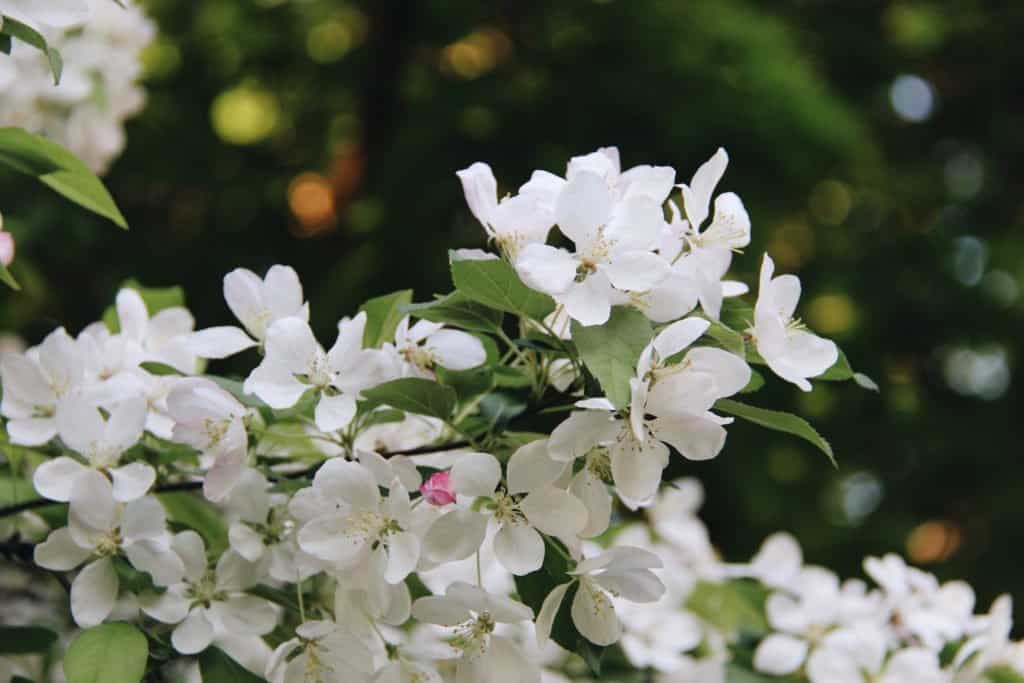
I also keep a list of gardening experts and favorite gardening books. Check them out if you’d like to research specific topics or prefer a hard-copy written reference.
FAQs about permaculture for beginners
What does permaculture mean?
Permaculture is a holistic design framework and set of principles for creating sustainable human settlements and agricultural systems. It emphasizes the use of diverse and perennial plants, integrated crop and animal production, and the creation of microclimates to mimic the patterns and relationships found in natural ecosystems. Permaculture also seeks to minimize the use of non-renewable resources, such as fossil fuels, and to maximize the use of on-site resources.
What are the basics of permaculture?
The basics of permaculture include:
-Observe and interact with the natural environment to understand the patterns and relationships that exist there.
-Catch and store energy by using techniques such as conserving water, creating microclimates, and using renewable energy sources.
-Obtain a yield by growing a variety of perennial and self-sustaining plants and animals that provide food, medicine, and other resources.
-Apply self-regulation and accept feedback by monitoring the health and productivity of the system and making adjustments as needed.
-Use and value renewable resources and services by reducing dependence on non-renewable resources and maximizing the use of on-site resources.
-Produce no waste by recycling resources and using closed-loop systems that minimize the need for external inputs.
-Design from patterns to details by observing natural patterns and using them as a guide for designing human settlements and agricultural systems.
-Integrate rather than segregate by creating connections and relationships between different elements of the system, such as plants, animals, and people.
-Use small and slow solutions by starting small and making gradual changes, rather than trying to create a perfect system all at once.
-Use and value diversity by creating a diverse range of species and elements in the system to increase resilience and stability.
-Use edges and value the marginal by recognizing that the edges of a system are often the most productive and valuable areas.
-Creatively use and respond to change by embracing and using it as an opportunity for growth and evolution.
What is the main goal of permaculture?
The main goal of permaculture is to create sustainable human settlements and agricultural systems that mimic the patterns and relationships found in natural ecosystems. It aims to provide for human needs while also enhancing the health and resilience of the natural environment.
Permaculture seeks to create closed-loop systems that minimize the use of non-renewable resources and maximize the use of on-site resources. It also emphasizes the use of diverse, perennial plants and integrated crop and animal production. The goal is to create a harmonious balance between humans and the natural world, where both can thrive.


